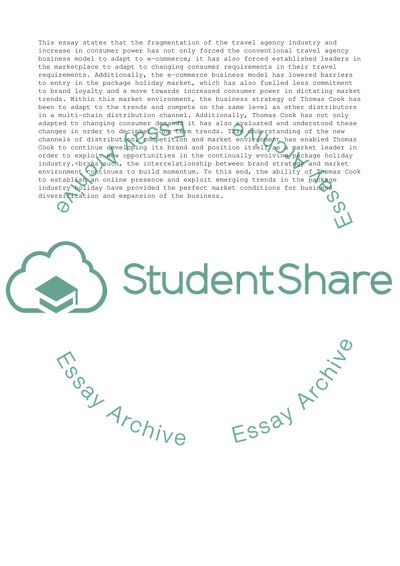Cite this document
(“Strategic Management Assessment: The Package Holiday Industry and Assignment”, n.d.)
Strategic Management Assessment: The Package Holiday Industry and Assignment. Retrieved from https://studentshare.org/management/1573456-strategic-management-assessment-the-package-holiday-industry-and-thomas-cook
Strategic Management Assessment: The Package Holiday Industry and Assignment. Retrieved from https://studentshare.org/management/1573456-strategic-management-assessment-the-package-holiday-industry-and-thomas-cook
(Strategic Management Assessment: The Package Holiday Industry and Assignment)
Strategic Management Assessment: The Package Holiday Industry and Assignment. https://studentshare.org/management/1573456-strategic-management-assessment-the-package-holiday-industry-and-thomas-cook.
Strategic Management Assessment: The Package Holiday Industry and Assignment. https://studentshare.org/management/1573456-strategic-management-assessment-the-package-holiday-industry-and-thomas-cook.
“Strategic Management Assessment: The Package Holiday Industry and Assignment”, n.d. https://studentshare.org/management/1573456-strategic-management-assessment-the-package-holiday-industry-and-thomas-cook.


